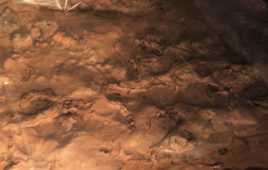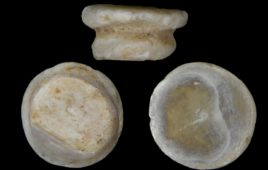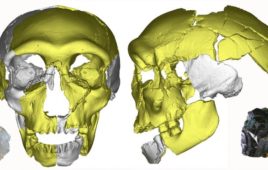The start of the
universe should be modeled not as a Big Bang, but more like water freezing into
ice, according to a team of theoretical physicists at the University of
Melbourne and RMIT University.
They have
suggested that by investigating the cracks and crevices common to all crystals—including
ice—our understanding of the nature of the universe could be revolutionized.
Lead researcher
on the project, James Quach said current theorizing is the latest in a long
quest by humans to understand the origins and nature of the universe.
“Ancient
Greek philosophers wondered what matter was made of: was it made of a
continuous substance or was it made of individual atoms?” he says. “With very
powerful microscopes, we now know that matter is made of atoms.”
“Thousands
of years later, Albert Einstein assumed that space and time were continuous and
flowed smoothly, but we now believe that this assumption may not be valid at
very small scales.
“A new theory, known
as Quantum Graphity, suggests that space may be made up of indivisible building
blocks, like tiny atoms. These indivisible blocks can be thought about as
similar to pixels that make up an image on a screen. The challenge has been
that these building blocks of space are very small, and so impossible to see
directly.”
However James
Quach and his colleagues believe they may have figured out a way to see them
indirectly.
“Think of
the early universe as being like a liquid,” he says. “Then as the
universe cools, it ‘crystallizes’ into the three spatial and one time dimension
that we see today. Theorized this way, as the universe cools, we would expect
that cracks should form, similar to the way cracks are formed when water
freezes into ice.”
RMIT University research
team member Associate Professor Andrew Greentree says some of these defects
might be visible.
“Light and other
particles would bend or reflect off such defects, and therefore in theory we
should be able to detect these effects,” he says.
The team has
calculated some of these effects and if their predictions are experimentally
verified, the question as to whether space is smooth or constructed out of tiny
indivisible parts will be solved once and for all.
The team’s research
was published in Physical Review D.
Source: The University of Melbourne




